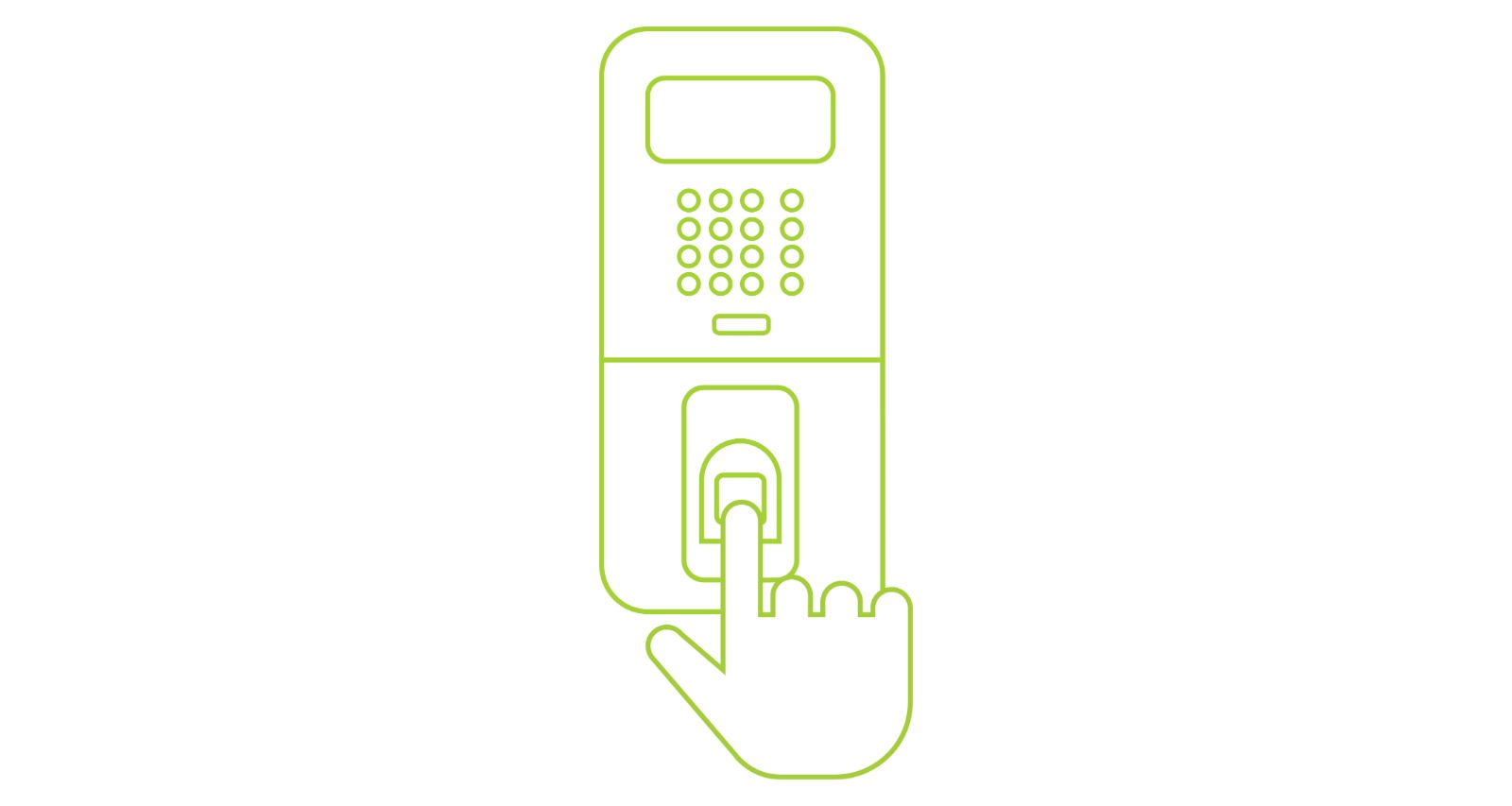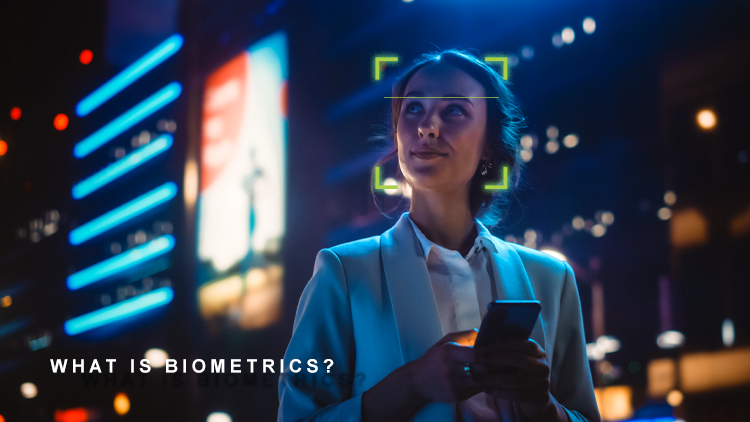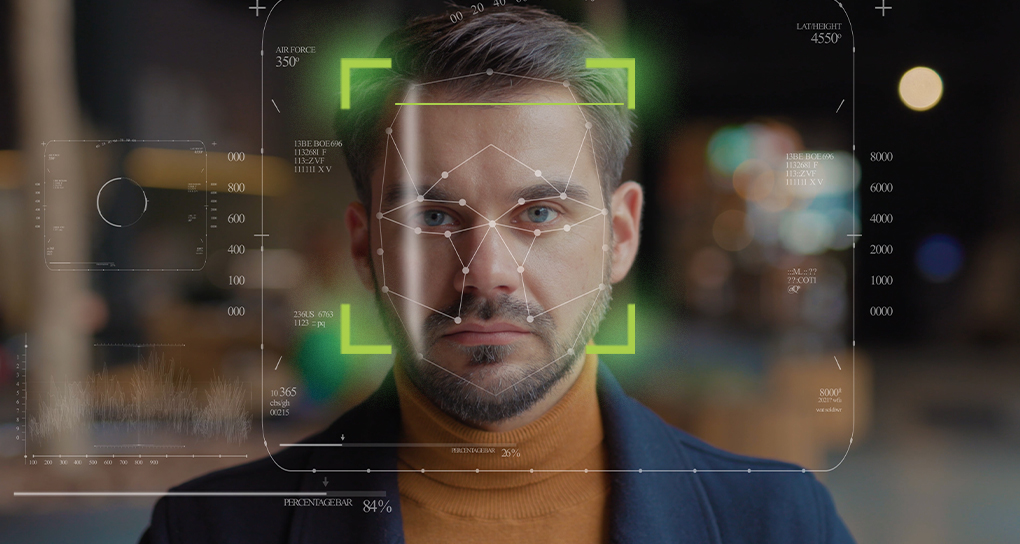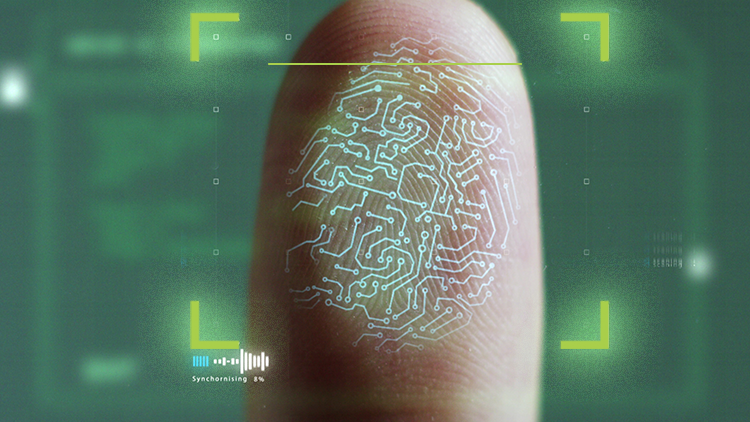
Access Control Systems
Being a microbiologist, Dr. John must undergo authentication procedures to gain access to the scientific research room within a crucial pharmaceutical manufacturing center. Upon reaching the door, he is required to face a camera that scans both his iris and facial features. Additionally, to further verify his identity, he must scan his fingerprints using a designated device. These comprehensive measures serve the purpose of distinguishing whether the individual attempting to enter the facility is indeed Mr. John or someone else.
The primary objective of access control systems is to determine which individuals are permitted to pass through a control point and which are not. Hence, authorization and identification play a pivotal role in access control. Taking Dr. John's situation as an example, locked doors in a high-security laboratory serve as a deterrent for unauthorized individuals. In this context, it is important to understand the concepts of authentication and identification and how they differ from each other.
What Do Access Control Systems Do?
The fundamental aspect of access control systems is authorization, which involves granting someone official permission. In the realm of access security, authorization is closely intertwined with identification, which refers to the action or process of recognizing someone's identity. Put simply, identification entails determining who is who. Access control solutions typically encompass two key steps: firstly, establishing one's identity, and secondly, verifying their authorization status.
Access control devices employ various methods such as cards, passwords, or biometric solutions like fingerprints, palmprints, face recognition, and iris scans. The functioning of access control devices has been evolving rapidly over time. Traditional methods like using cards and passwords for authentication and identification are gradually becoming outdated. Cards can be susceptible to theft, and passwords can be easily forgotten. Consequently, the adoption of biometric solutions in gate access control units has gained prominence due to their enhanced security and reliability.
Biometric Access Control Systems
Biometric access control systems have revolutionized the way we secure our premises and control entry. These systems utilize advanced biometric readers, such as fingerprint scanners, to provide secure and efficient access to designated areas. A biometric access control system is specifically designed to regulate entry through door access control systems. By integrating biometric technology with door entry systems, organizations can ensure that only authorized individuals with verified biometric data can gain access.
One of the most commonly used biometric methods is fingerprint access control. With this technology, individuals' unique fingerprint patterns are scanned and authenticated against stored records. This ensures a high level of accuracy and reliability in granting access, as fingerprints are highly distinctive and nearly impossible to forge. Biometric access control systems offer numerous advantages. They eliminate the need for traditional access methods like keys or cards, which can be lost, stolen, or easily duplicated. By relying on biometric traits, such as fingerprints, these systems provide a more secure and tamper-proof solution.
Additionally, they offer quick and seamless access, minimizing waiting times and enhancing operational efficiency.
With biometric access control, organizations can maintain strict control over their premises, ensuring that only authorized individuals can enter restricted areas. These systems find applications in a wide range of sectors, including corporate offices, research facilities, government institutions, and high-security environments. In conclusion, biometric access control systems, particularly those incorporating fingerprint readers, have transformed the way we manage door access. They offer heightened security, convenience, and accuracy, making them an increasingly popular choice for organizations seeking robust access control solutions.








